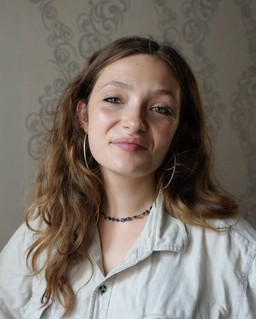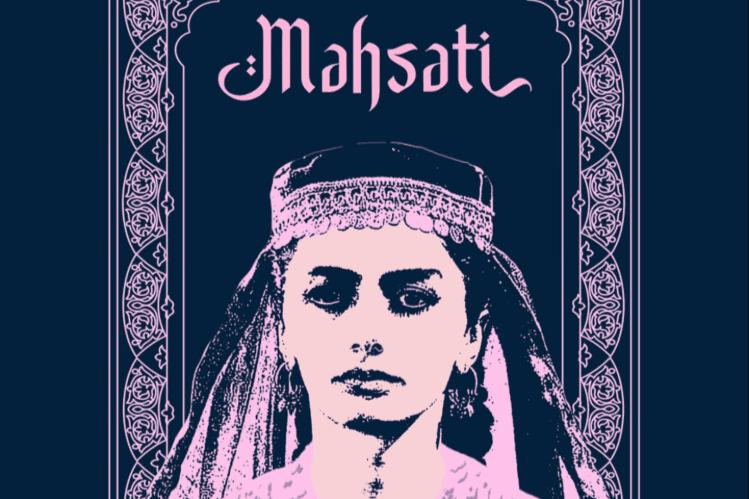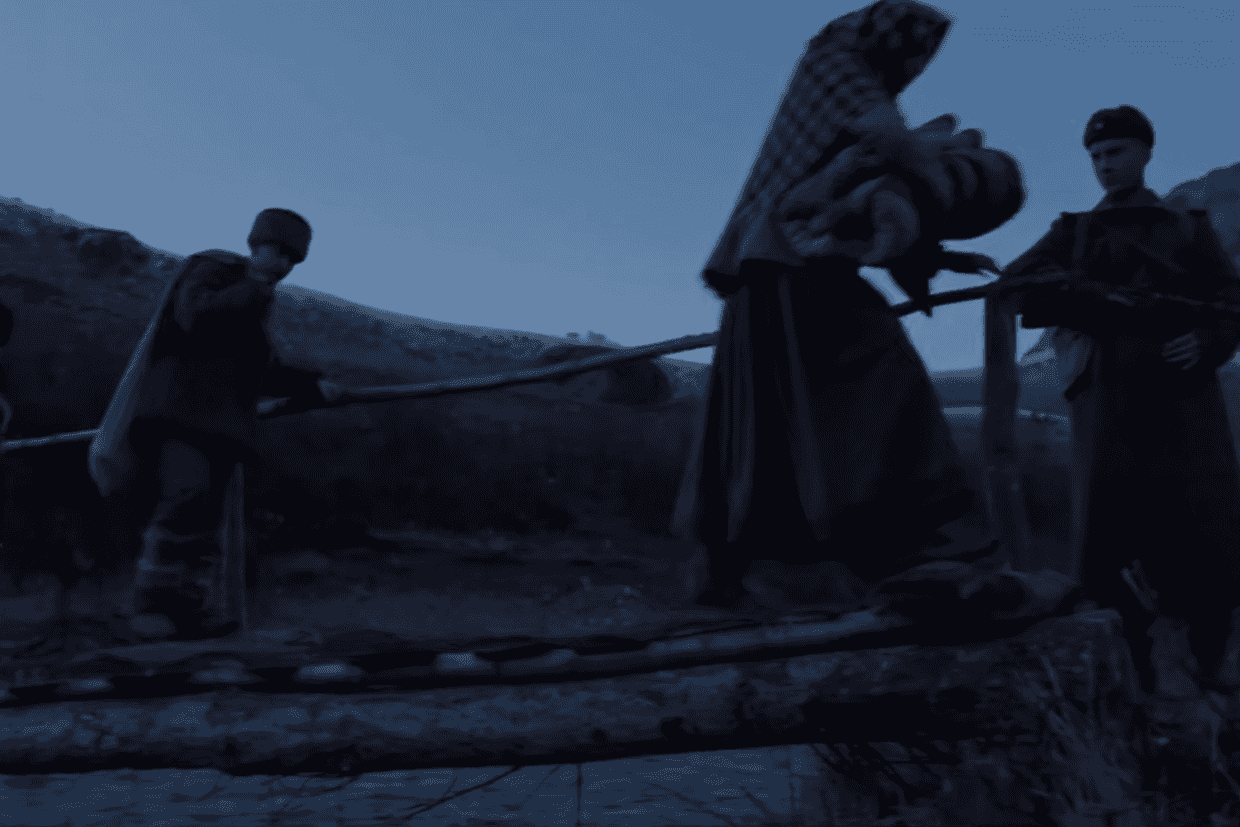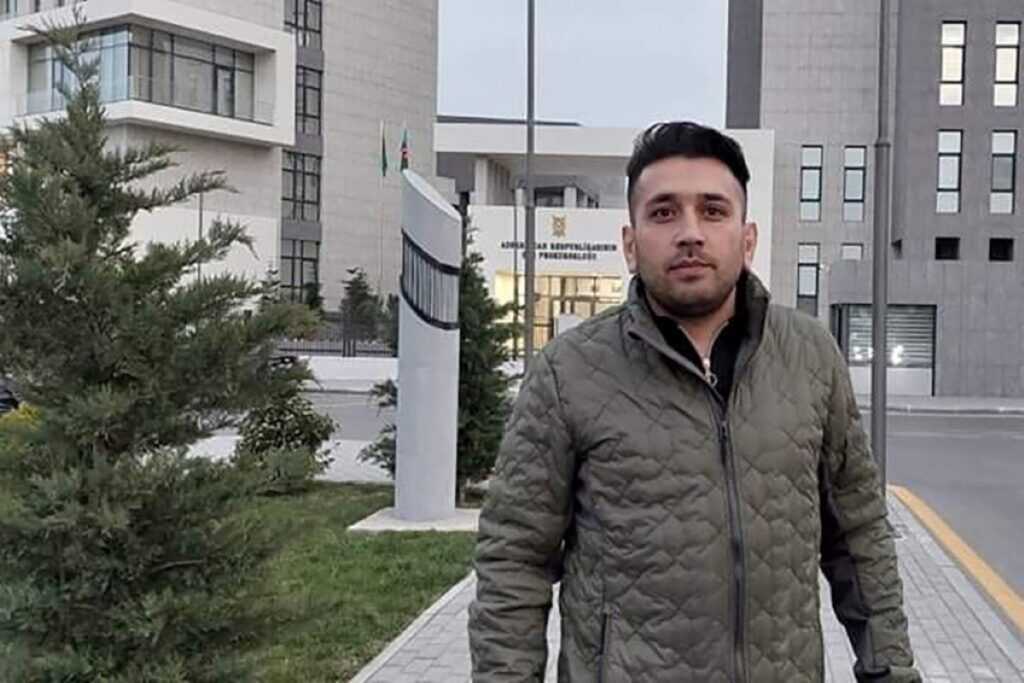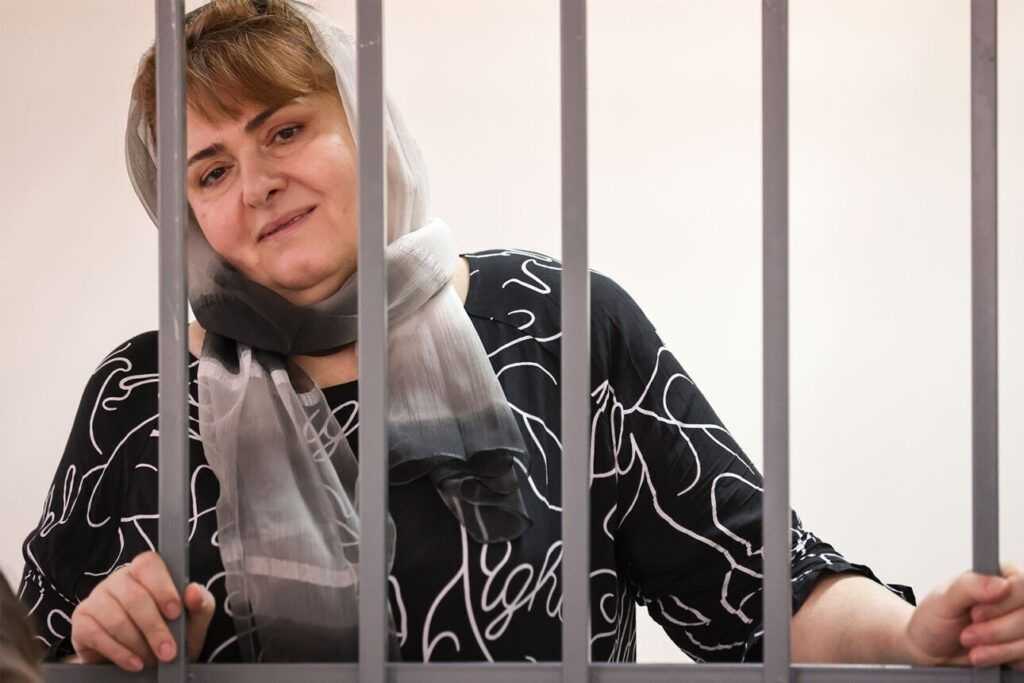Dancing across cultural boundaries: Georgian, Armenian, and Azerbaijani traditions meet at Shin
This cultural festival in rural Marneuli showcases the region’s ethnic diversity, and the power of culture to bring communities together.

In a field in rural Marneuli, boys in Georgian papakha hats spring through the air while girls glide in the circles of Armenian folk tradition and raise their arms in the graceful movements of Azerbaijani dance. The performance is an embodiment of the Shin festival’s purpose: celebrating the region’s ethnic diversity and showing how culture can bring communities together.
Marneuli Municipality, home to large populations of ethnic Azerbaijanis and Armenians, is located in one of Georgia’s most diverse regions, Kvemo Kartli. But although these communities live side by side, integration has long been a challenge. Many minority groups rarely share social spaces or, in some cases, even a common language.
It was this disconnect that inspired Tamta Tabatadze to create Shin — ‘home’ in Georgian — a festival that aims to bridge the divide.
‘We saw that these ethnic groups were not close to each other’, Tabatadze tells OC Media. ‘They didn’t have any events where they could spend time together’.
Now in its third year, Shin aims to fill that void, offering opportunities for learning and dialogue all under the banner ‘unity in diversity’.
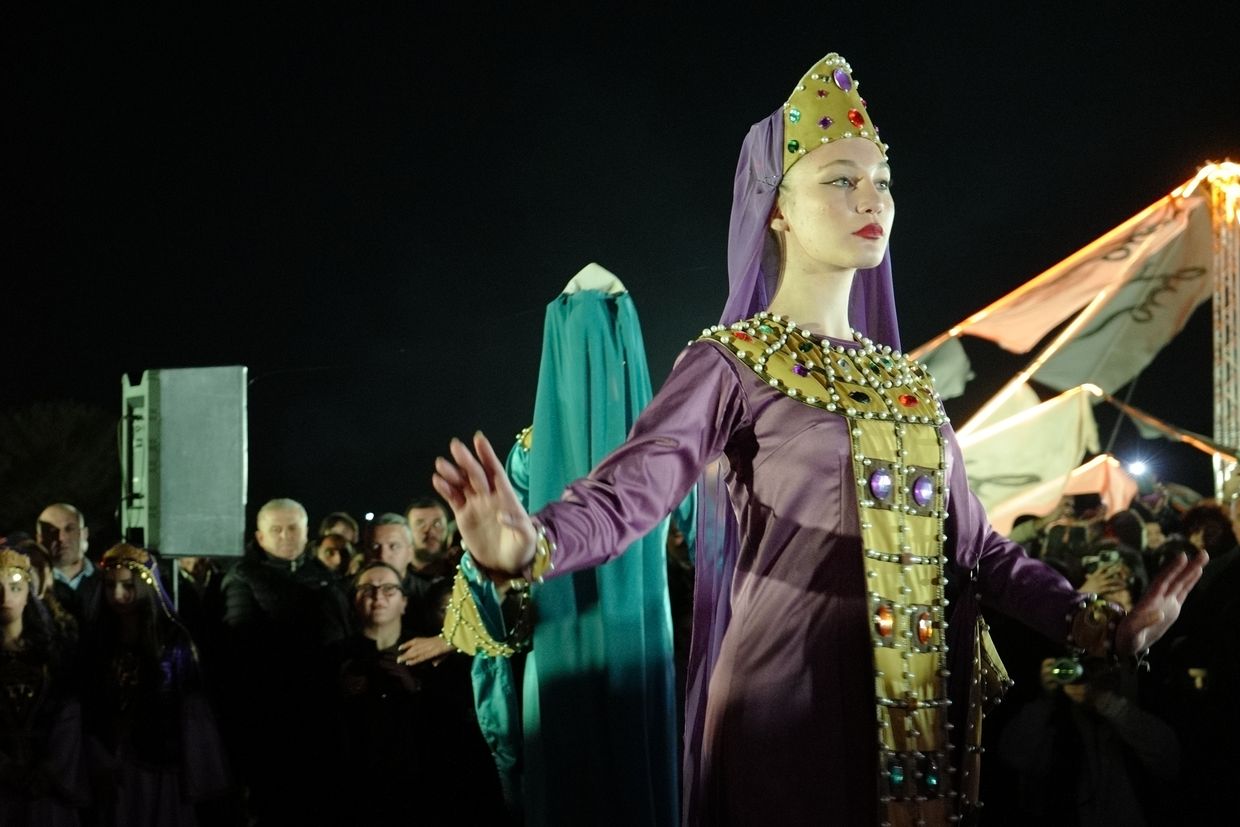
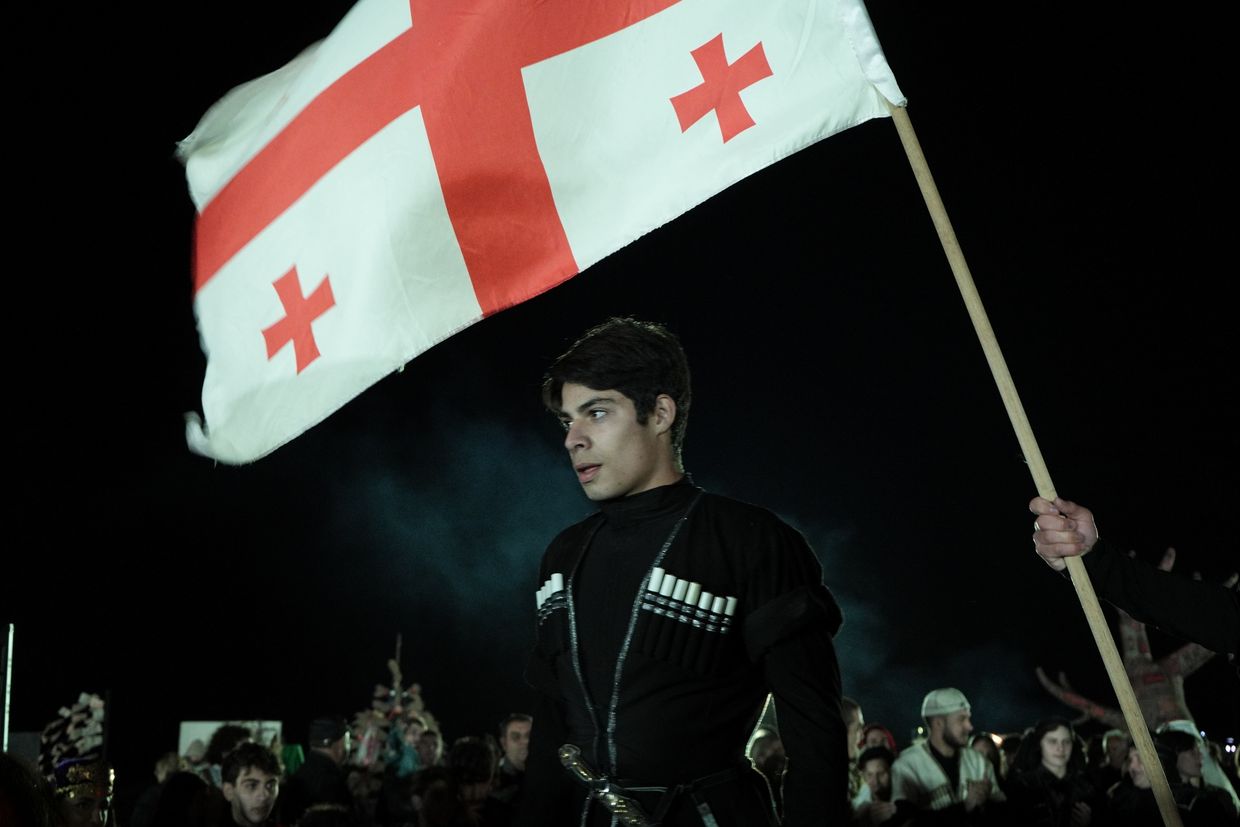
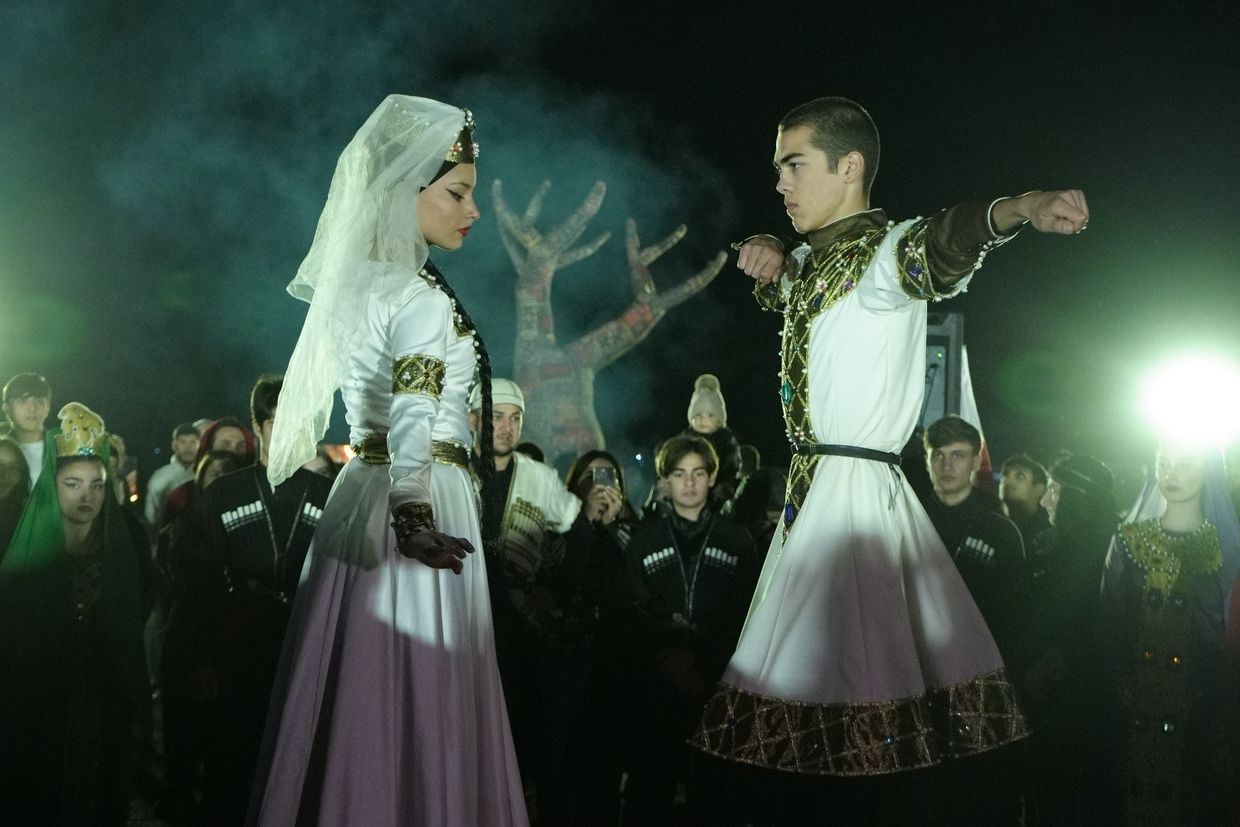
This year, the festival featured exhibition areas showcasing elements of each culture’s traditions. In the Azerbaijani corner, master weaver Nabat Anazarova worked amidst an array of colourful rugs, while the music of the tar drifted from Ramin Pirmamedov who believes he may be the only player of the instrument in Georgia. Just a few metres away, intricate Armenian decorations hung from a tree while Alvina Amirkhayan performed the work of the Armenian troubadour Sayat-Nova. Georgia, for its part, was represented by a large qvevri and a puppet performance telling the story of national heroine Maro Makashvili.
As dusk fell, festival-goers meandered from stage to stage, taking in folk melodies, theatre, and spoken word, much of it performed by local talent. The evening crescendoed with the ‘saari’, a lively fusion of movement traditions from the three cultures, performed by two children’s ensembles from the region.
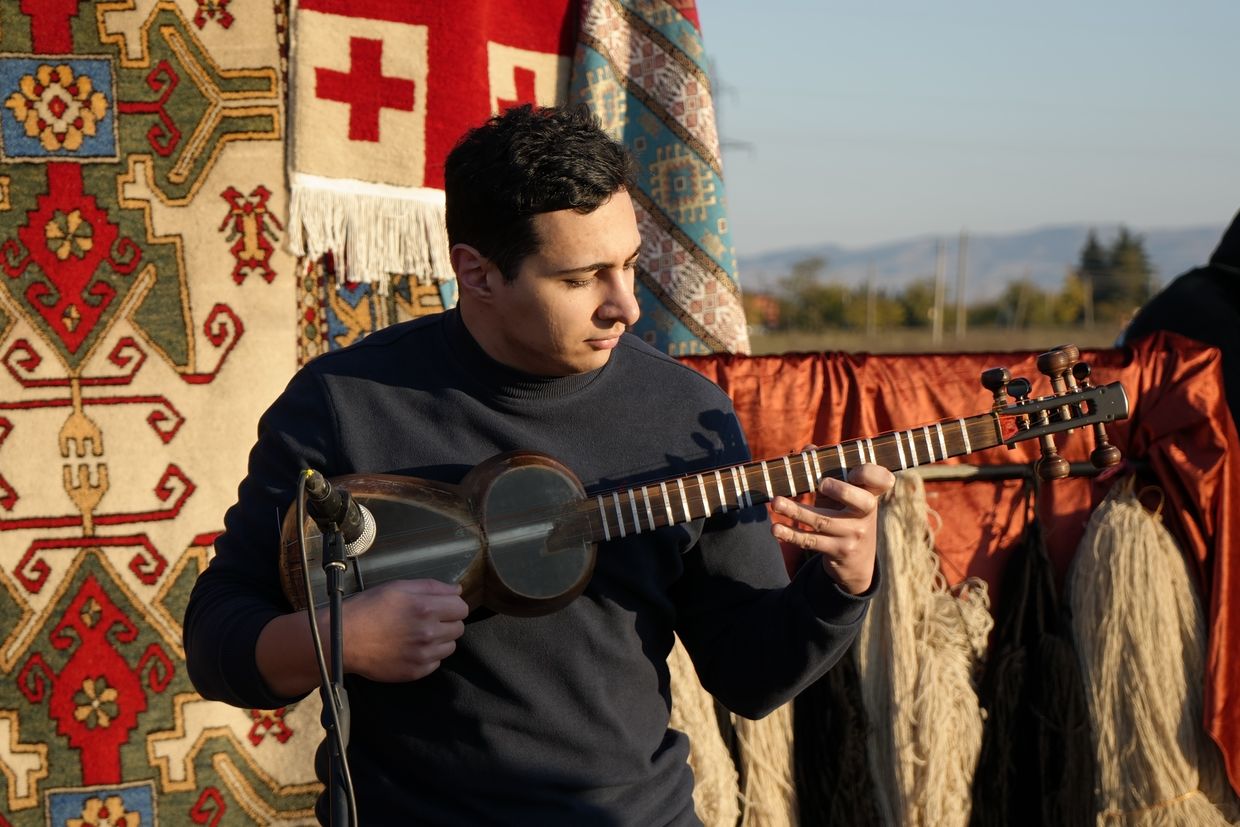
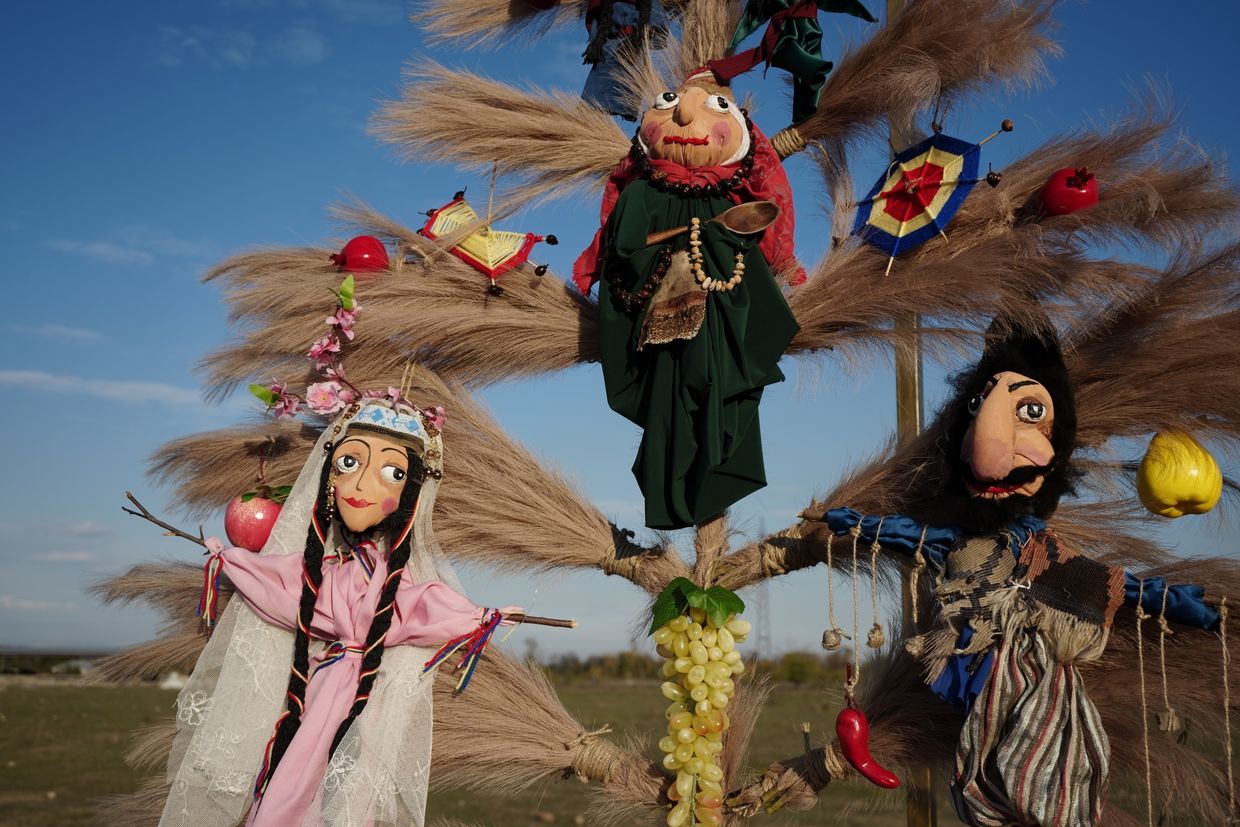

‘Today many children are already friends’, festival organiser Tabatadze reflects as the evening winds down. ‘Ten years ago, we did not have this reality’.
Although she grew up in Marneuli, Tabatadze spent many years living elsewhere. Once she came back to work with the community, she found herself fully committed to the region’s cultural development.
‘The more you do, the more you want to do because you see all that this environment is missing’, she explains.
Her colleague, Tato Geliashvili, agrees: ‘We would hold the Shin festival not every year, but every month [if we could] because it’s so important’.
This year’s Shin festival was intentionally held in a field near the village of Shulaveri rather than the municipal centre, as a way to emphasise the organisers’ commitment to making events accessible to a wide audience.

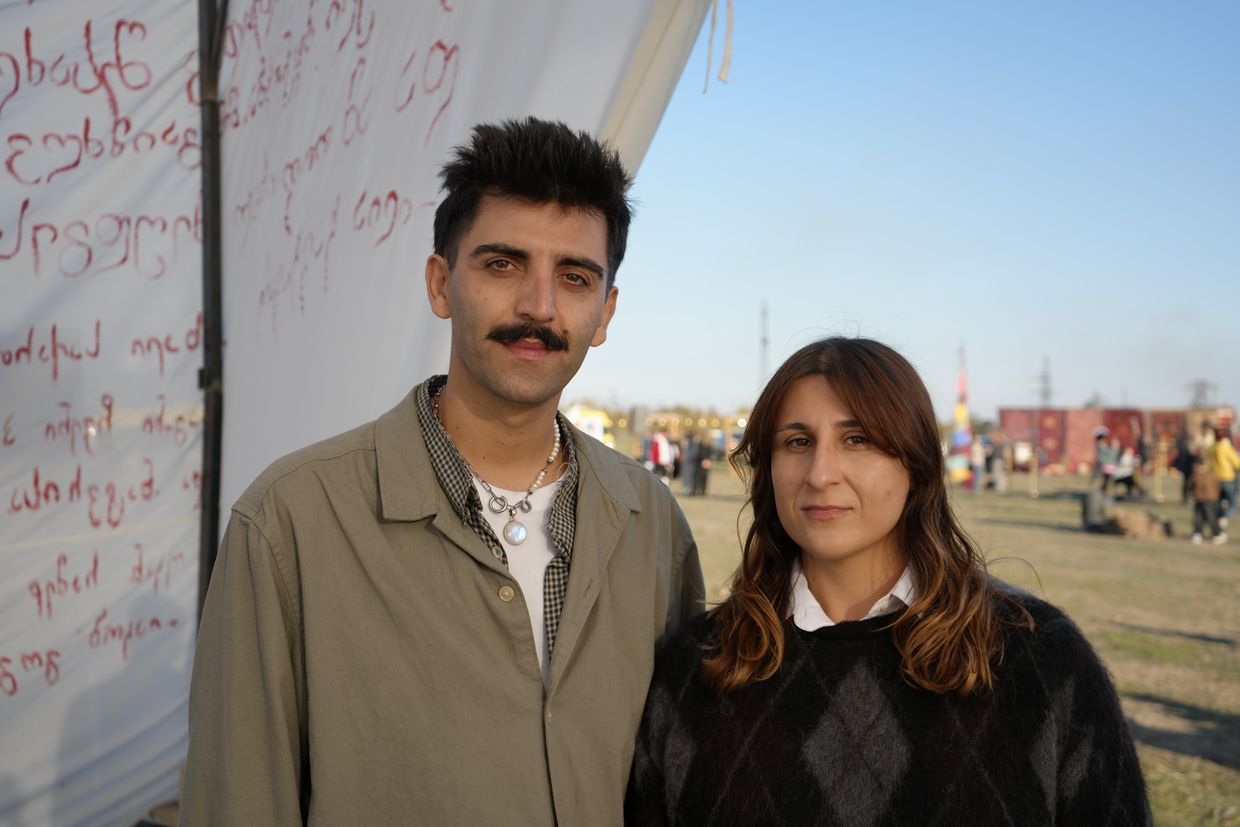

One of the festival’s performers who shares this vision is Georgian–Armenian puppeteer Armen Hovhannisyan.
Born in Shulaveri, he remains largely rooted in his home region, despite touring across Europe with his puppet shows. Today, he regularly runs workshops teaching local children from different backgrounds to create their own puppets; he also stages trilingual performances to ensure no one is left out. Many of his stories are built around the universal theme of tolerance, captivating young audiences with intricate puppets, each of which takes him some three weeks to craft.
Speaking to OC Media, Hovhannisyan explains that fairy tales have a special power to unite children regardless of background.
‘When it comes to kindness it does not matter what nationality you are’, he says.
‘In general, the beauty of Georgia is in its diversity’, he continues. Still, he notes that he sometimes faces prejudice because of his Armenian background: ‘Armenophobia holds power’, he says.
‘I want children to learn from the puppet performances and maybe the new generation will not repeat the mistakes of the older generations’, he adds.
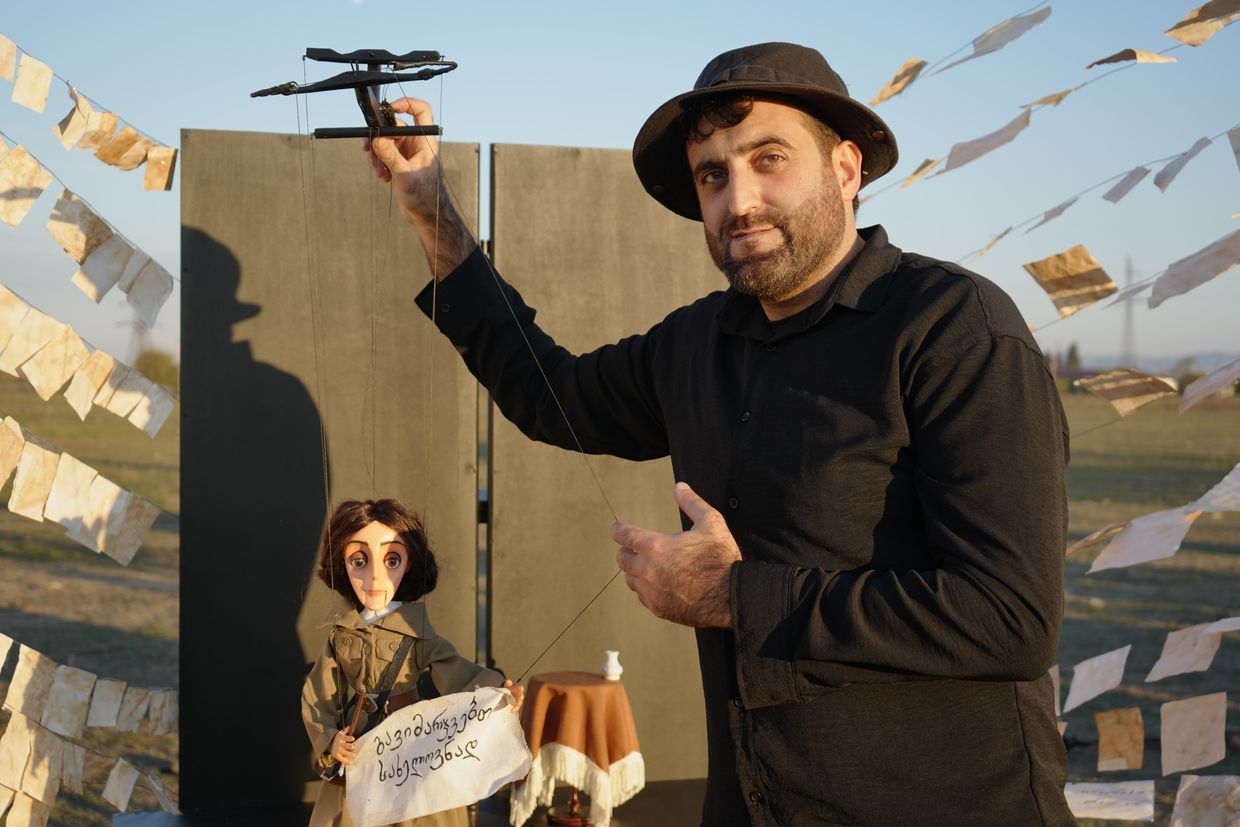
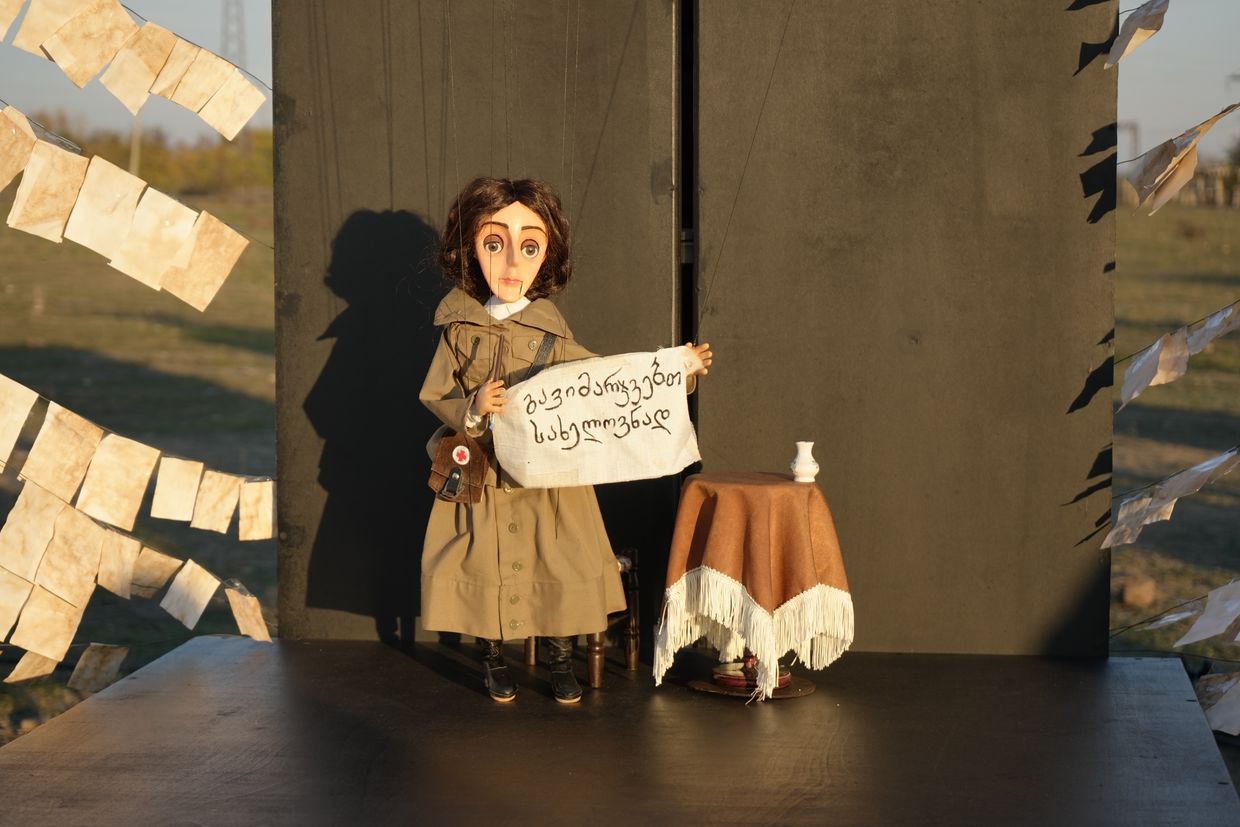
Kvemo Kartli is one of Georgia’s poorest regions, with a high reliance on social welfare. Therefore, Tabatadze and Geliashvili, both representatives of Marneuli Cultural Centre, work year-round to foster cultural integration and ensure that local children are afforded the same access to the arts as their counterparts in bigger cities. Their goal is for every child to engage with the centre at some point — through dance, saz lessons, enamel work, carpet weaving, painting, sculpture, or puppetry.
Today, some 1,000 children regularly visit the centre, while a travelling tent has brought performances to an additional 5,000 children across 47 villages, many experiencing theatre for the first time.
Connected to the region’s poverty is its high rates of early marriage, which, while an issue often framed as cultural, is closely linked to social inequality and limited economic opportunity.
The inaugural festival in 2023 focused on women’s empowerment in response to a series of femicides, and this year’s puppet play Maro, imagining a letter from Maro Makashvili’s father, aligns with the UN’s Men Care campaign to encourage fathers’ involvement in family life.
‘We wanted to work on an awareness-raising campaign about how important the role of fathers is in a person’s life’, Tabatadze says.
Participation in the cultural programmes is increasing, particularly among teenage girls, many of whom may have been previously constrained by family responsibilities.
‘Previously we needed more involvement to bring people to us; now these people are coming on their own’, Tabatadze notes.
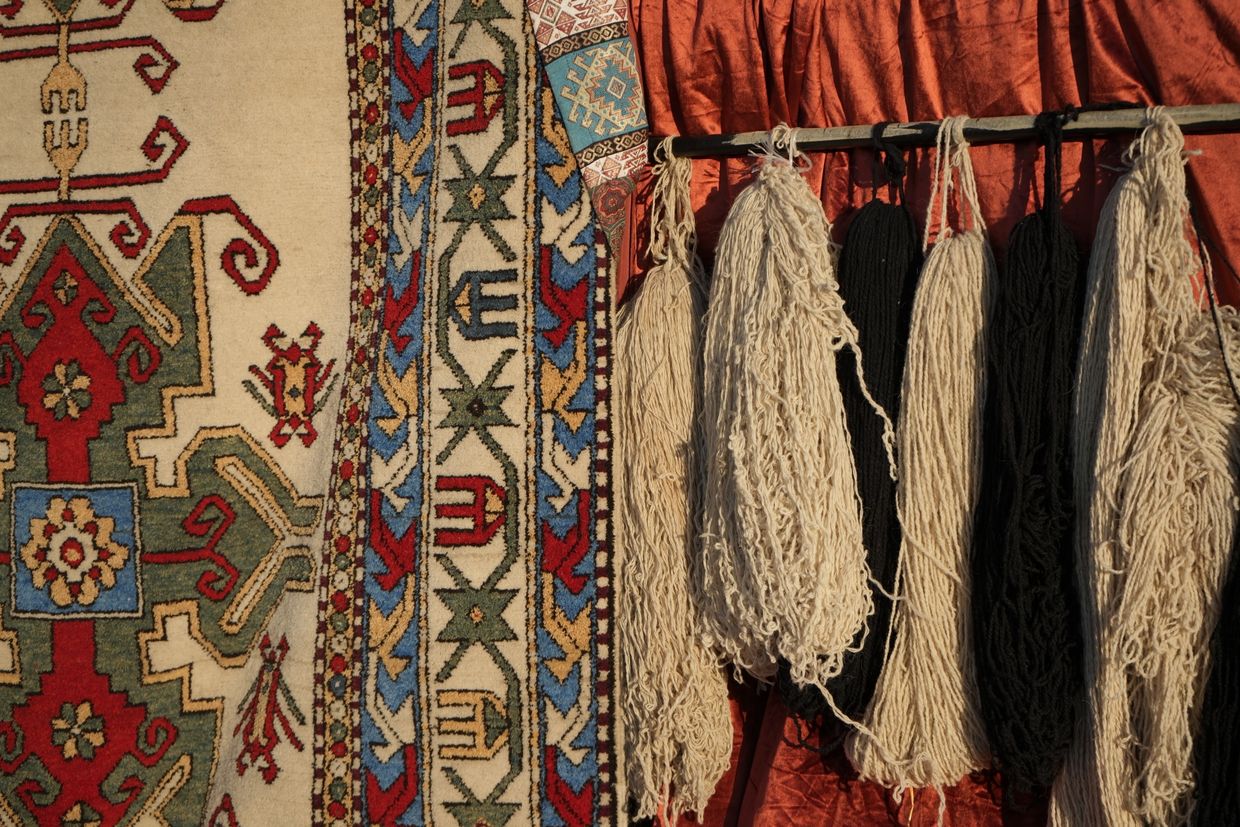
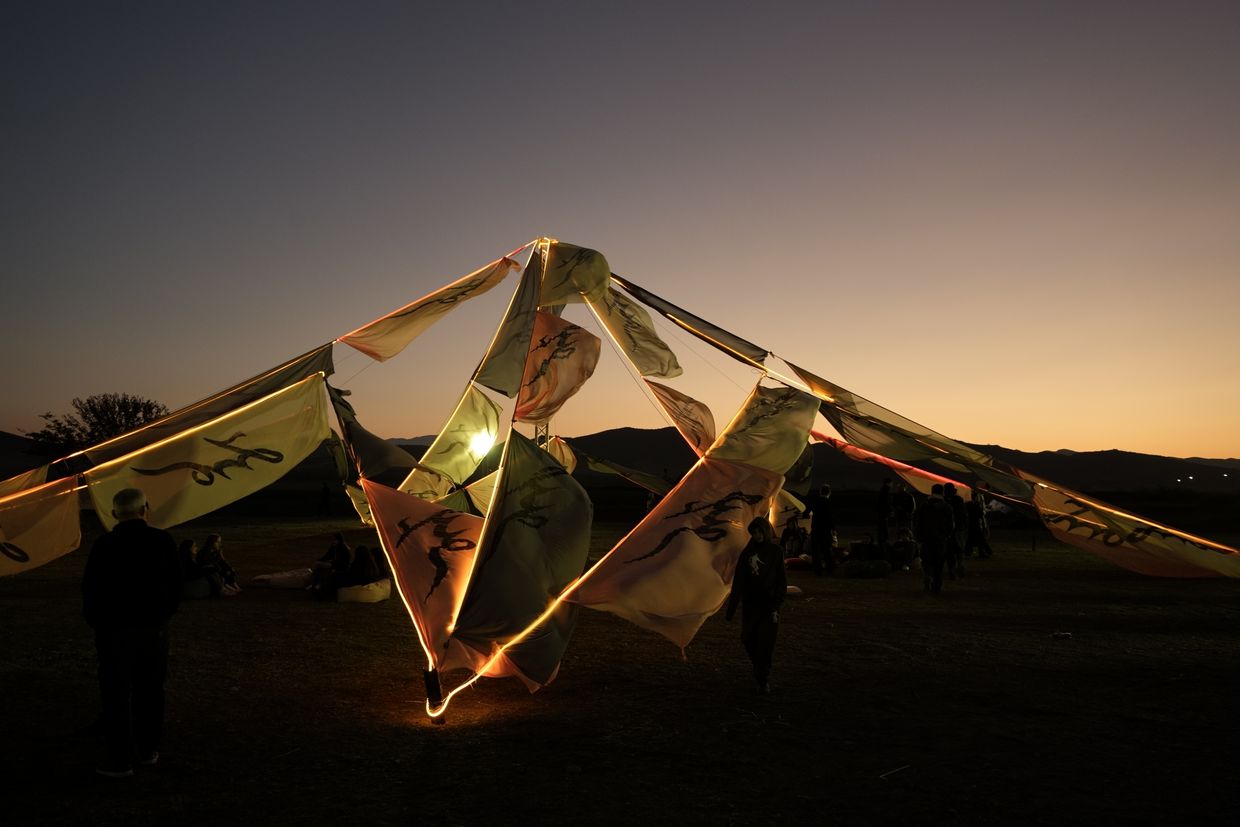
As the crowds began to trickle home, OC Media spoke with festivalgoers about the event’s impact.
‘Such traditions are really important for Marneuli’, attendee Irma Meqoshvili says. ‘They should always be maintained because they are necessary for us to love each other, get to know each other, and grow closer’.
First-time attendee Eka Tsartsidze also highlights the collaborative spirit: ‘It is wonderful that we can get to know each other’s cultures, make friends and better understand one another. I really appreciate and fully welcome such initiatives, and in my opinion, there should be more of them’.
Shin does not pretend to fix entrenched social divides overnight. But for the communities involved, it offers a moment of interaction and exposure to each other’s traditions, while reinforcing ongoing initiatives by the Marneuli Cultural Centre to build understanding through culture.



